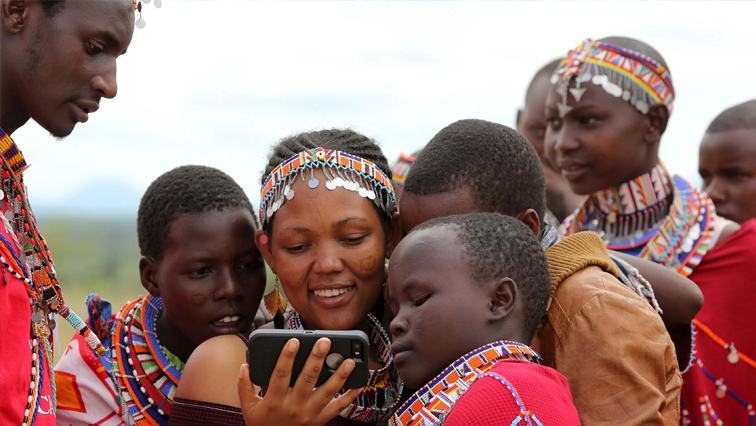Several school going children in some of Kenya’s arid areas have not resumed classes following a long dry spell in most parts of the country.
Children are said to have followed their parents for long treks away from their villages in search of water and pastures for their animals. Most of the affected are Masai who are traditionally herders.
The previous day we met Henry Matiyan, a guardian who had come to collect a transfer letter for his brother.l The drought has forced his family to move several kilometres away from here – he will now continue schooling elsewhere.
“If it continues, it means there will be no school; all these children will go away with their parents,” says Kinuthia.
Kajiado like many parts of Kenya has not received adequate rainfall since 2016. It is an arid area – meaning it lacks adequate water.
The Masaai people who are the main inhabitants of the area are livestock keepers – the more one has the wealthier they are, now their livestock’s carcasses dot their land, their cattle bomas are empty and so are their pockets.
Kajaido Resident college student Henry Matiyan has been forced to drop out until the rains.
“Ideally the school fees would come have from, from cattle, I as a masaai that is our bank. We have no other place to look for money, the only way is to sell cattles and goats.”
“It’s a big, big loss, big loss. Cows have died, our goats have died, even donkeys,” adds another resident Amos Lau Lau
To save the remaining livestock, they have now moved hundreds of kilometres from here in search of pastures and water for their livestock together with their children.
Only old women, the pregnant and very little children have been left behind.
Food has kept Enosorua Primary school running at least for now. We witness the children receiving a meal of maize of beans – just a cup per child but that cup means the difference between keeping the school open or closed.
“Do you see? That this food makes children come to school? Yes, that I really accept, because when it is not there, the children cannot come to school,” says Enosorua Primary School teacher, Maxwell Obaga.
The arid and semi-arid areas make at least 80% of Kenya.
Education officials from the county, who refused to speak to the SABC on camera say, although Kajiado is an arid area, it is not classified as a hard ship area and does not therefore receive food rations from the government.
“It breaks our hearts to see our kids go the whole day without food and they are expected to compete with others who have better facilities,” says Sankale.
We sought a comment from Kenya’s ministry of Education but we were yet to get a response by the time of filing this report.
WATCH BELOW:






